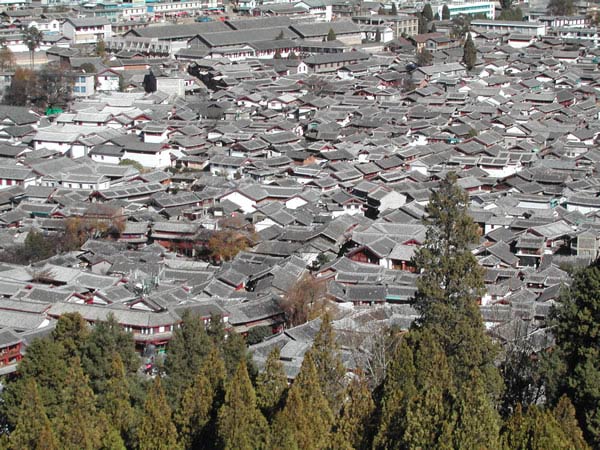Urgent action is needed to refocus urban planning and to provide safe, affordable housing that is appropriate and adequate for our citizens’ growing needs, senior United Nations officials on 6 October 2014 said marking World Habitat Day, which is observed annually on the first Monday of October. There are an estimated 863 million people living in slums, according to 2012 figures from UN-Habitat report, in contrast to 760 million in 2000 and 650 million in 1990.
“Let us hear from people who live in slums what has worked and what has not — and what we need to do,” Secretary-General Ban Ki-moon said in his message for the Day.
This year’s theme is “Voices from the Slums” – an effort to highlight the hardships of slum living through the voices of the urban poor while also giving rise to their experiences and ideas about improving their living conditions.
Growing Number
Technology and know-how exist to build economically, socially and environmentally sustainable cities based on local solutions, Mr. Ban said, calling for “a new urban agenda that leaves no one behind.”
Ensuring that our towns and cities expand in a well-planned and managed way “is also vital for combating climate change, protecting the environment and supporting sustainable development,” he added.
There are an estimated 863 million people living in slums, according to 2012 figures from UN-Habitat report, in contrast to 760 million in 2000 and 650 million in 1990.
In Nairobi, Kenya, children from the Kibera slum drew images of their lives and surroundings. The images are now on exhibit – one of the events organized internationally to coincide with the Day.
“Through real stories it is possible to demonstrate to decision makers in the urban arena that slum upgrading programmes can achieve better life conditions for slum dwellers, and greater economic and social impacts,” said Executive Director of UN-Habitat Joan Clos.
He noted that while great efforts are being made to improve many of the slums around the world and improve the lives of people there, by not addressing the underlying causes of the sprawl, it will continue to grow.
“Slums are a manifestation of rapid unchecked urbanisation – a result of allowing our cities to expand without design or regulation and with disregard to their citizens,” Clos said.
The UN agency will host the UN Conference on Housing and Sustainable Urban Development, Habitat III, in 2016. (*Source: UN Release).
Read also:
World Habitat Day: 70 % of Urban Dwellers Live in Slums and Informal Settlements
A Quarter of World’s Population Lives in Urban Slums
28 Million Egyptians Living in Slums by 2025?
‘Be Prepared for a Huge Urbanization Process – It’s Like a Tsunami’
Urban Population in 2050: 1.2 Billion in Africa, 3.3 Billion in Asia
Millions of Urban Children at High Risk of Violence, Exploitation and Trafficking
Africa’s Rapid Urbanisation – Magnet of Hope or Misery Time Bomb?
2014 Human Wrongs Watch










